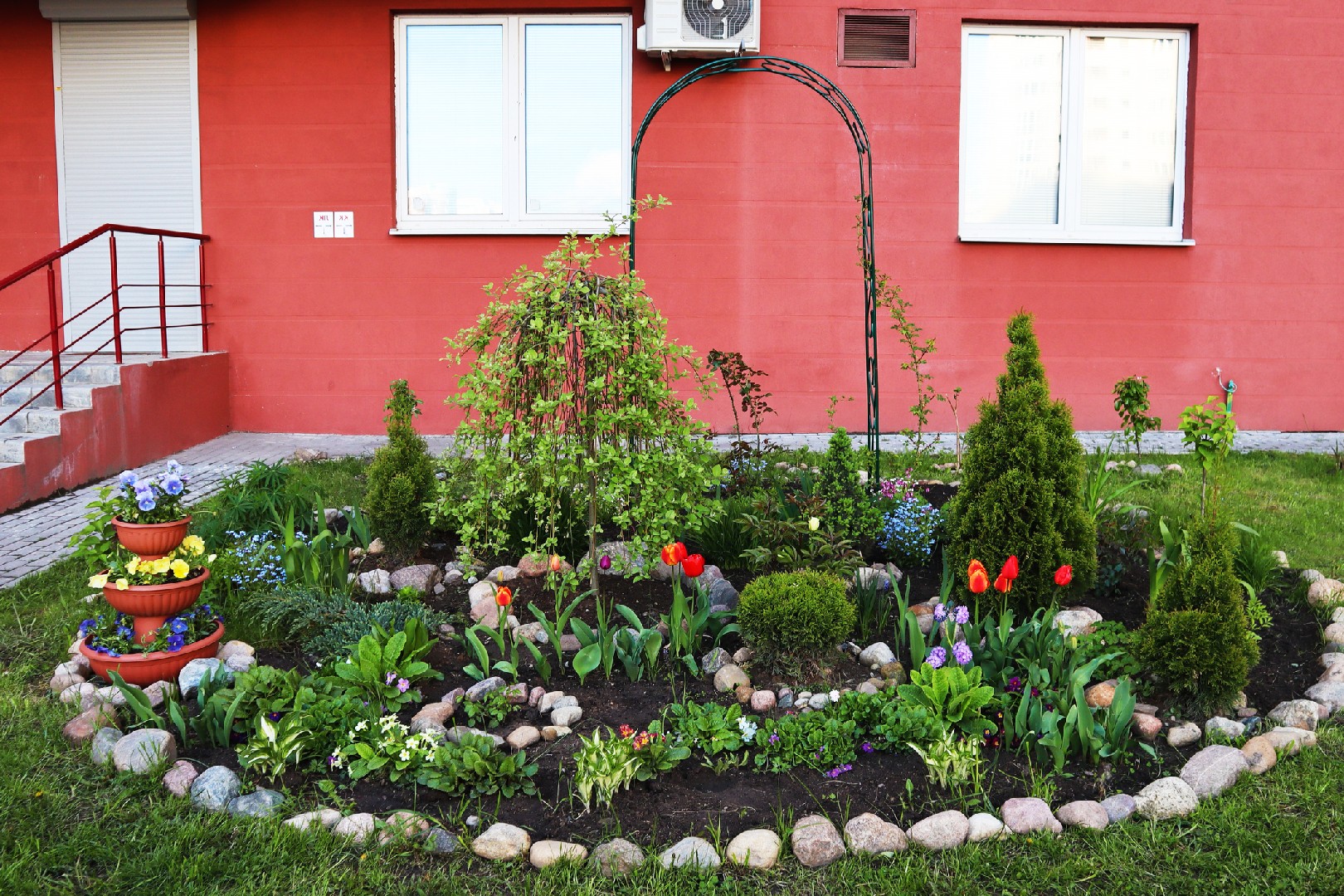![Rectangle]()
Planting and Maintenance Tips for Limited Spaces
When it comes to maximizing beauty in limited spaces, planting and maintaining flower beds requires careful planning and regular attention. By following a few key tips, you can create a stunning display of flowers that will thrive in small spaces.
One of the most important aspects of maintaining flower beds in limited spaces is creating a regular, manageable maintenance schedule. This includes tasks such as watering, fertilizing, and weeding. By setting aside a specific time each week to attend to these tasks, you can ensure that your flower beds remain healthy and beautiful.
Regular pruning is also an essential part of maintaining a tidy look in small-space flower beds. By removing dead or damaged stems and branches, you can encourage healthy growth and keep your flower beds looking neat and well-maintained. Pruning also helps to improve air circulation and prevent disease in your plants.
Recognizing the signs of health in small-space plants and acting accordingly is another important skill to develop. Pay attention to the overall appearance of your flowers and look for signs of stress or disease, such as yellowing leaves or wilting. If you notice any issues, take the necessary steps to address them. This may include adjusting your watering or fertilizing routine, providing additional support or protection, or seeking advice from a gardening expert.
In addition to these key maintenance tasks, there are also specific methods and skills that can help maximize beauty in limited spaces. One such method is companion planting, where you strategically group plants that benefit each other. For example, planting flowers that attract pollinators alongside vegetables can help improve pollination and increase crop yield. Similarly, planting tall flowers behind shorter ones can create a layered effect and maximize visual appeal.
Another skill to develop is the art of succession planting. This involves planting new flowers as soon as one crop finishes flowering. By staggering your planting schedule, you can ensure a constant display of blooms throughout the growing season. This not only maximizes the beauty of your small-space flower beds but also provides a practical solution for limited planting space.
Lastly, consider incorporating vertical gardening techniques into your limited-space flower beds. Vertical gardening utilizes vertical surfaces such as walls or trellises to grow plants vertically, making the most of limited horizontal space. This can be achieved by using hanging baskets, wall-mounted planters, or trellises for climbing plants.
By implementing these methods, skills, and knowledge, you can create stunning flower beds in limited spaces. Remember to plan a regular maintenance schedule, practice regular pruning, and pay attention to the health of your plants. Additionally, explore companion planting, succession planting, and vertical gardening techniques to maximize the beauty of your small-space flower beds. With dedication and care, you can transform even the smallest of spaces into a flourishing garden oasis.





